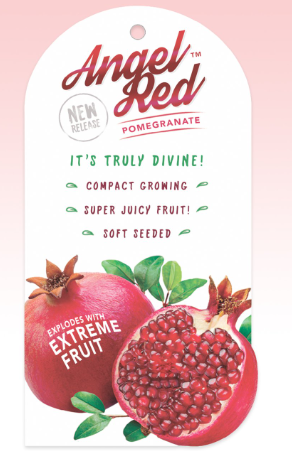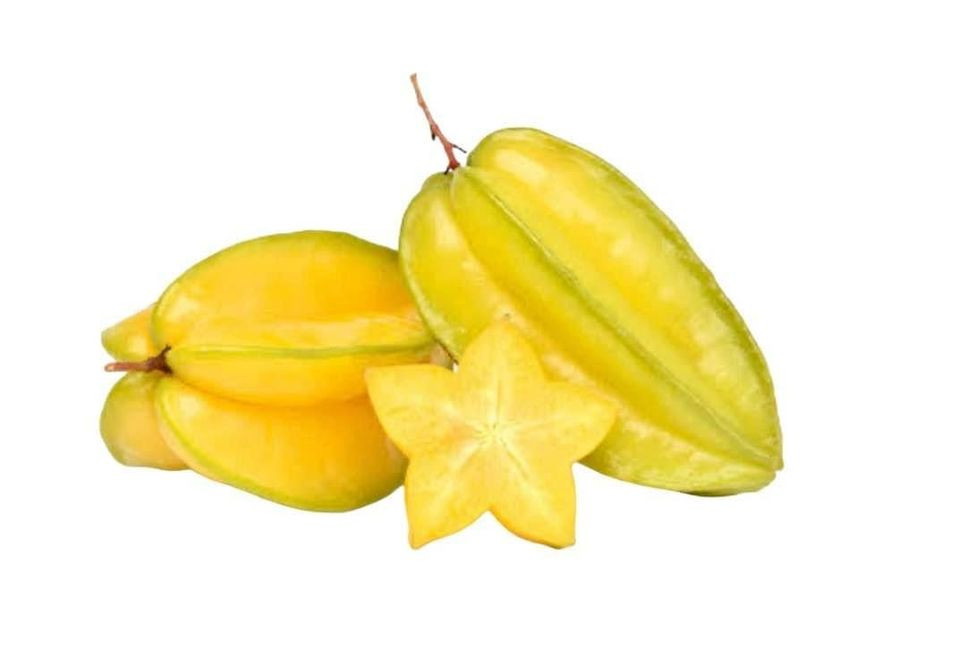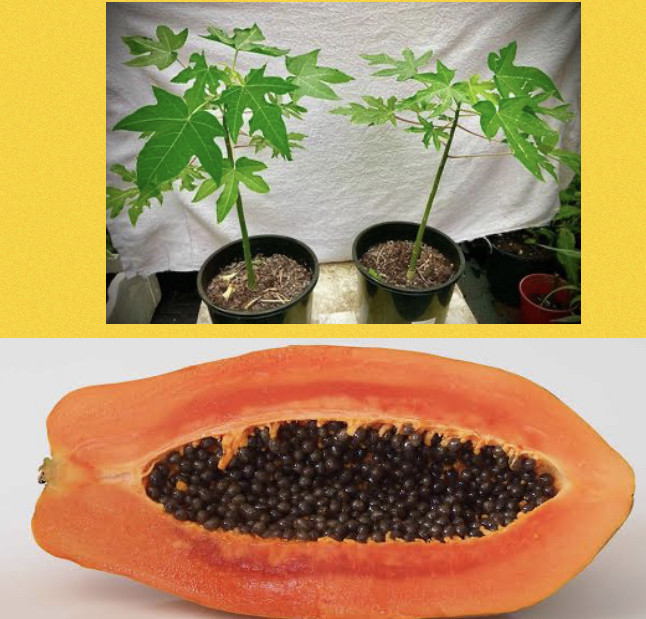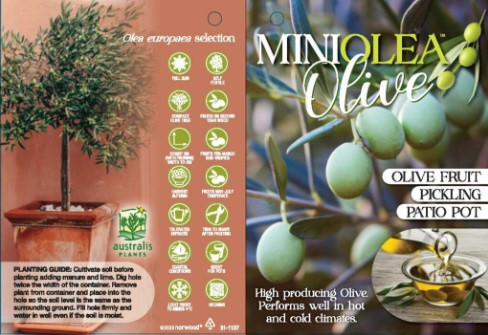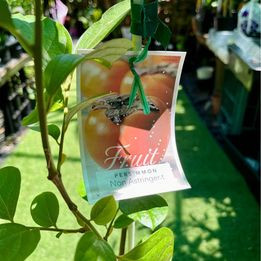
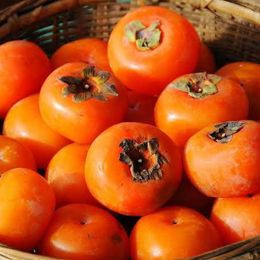
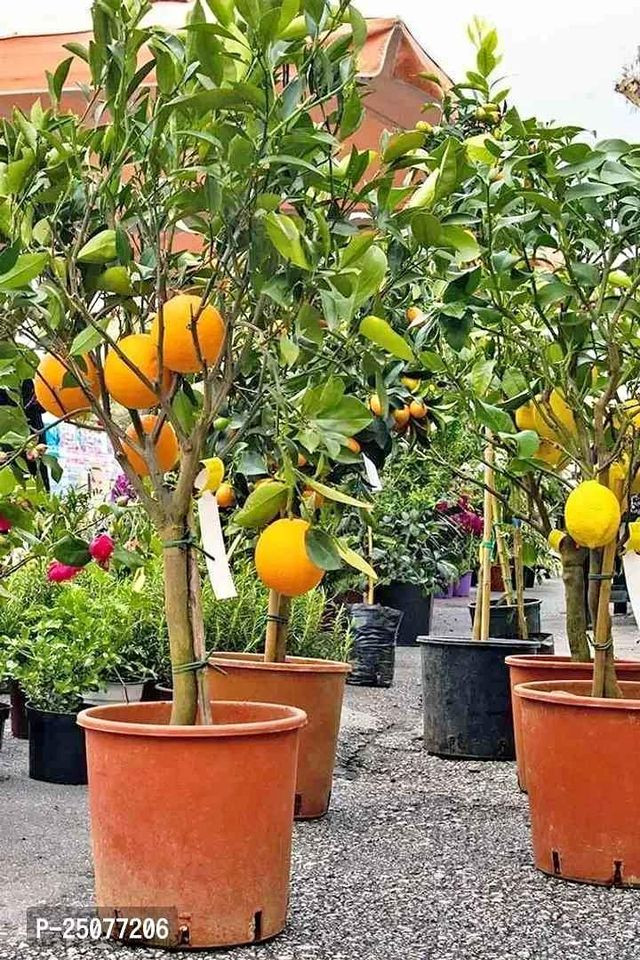
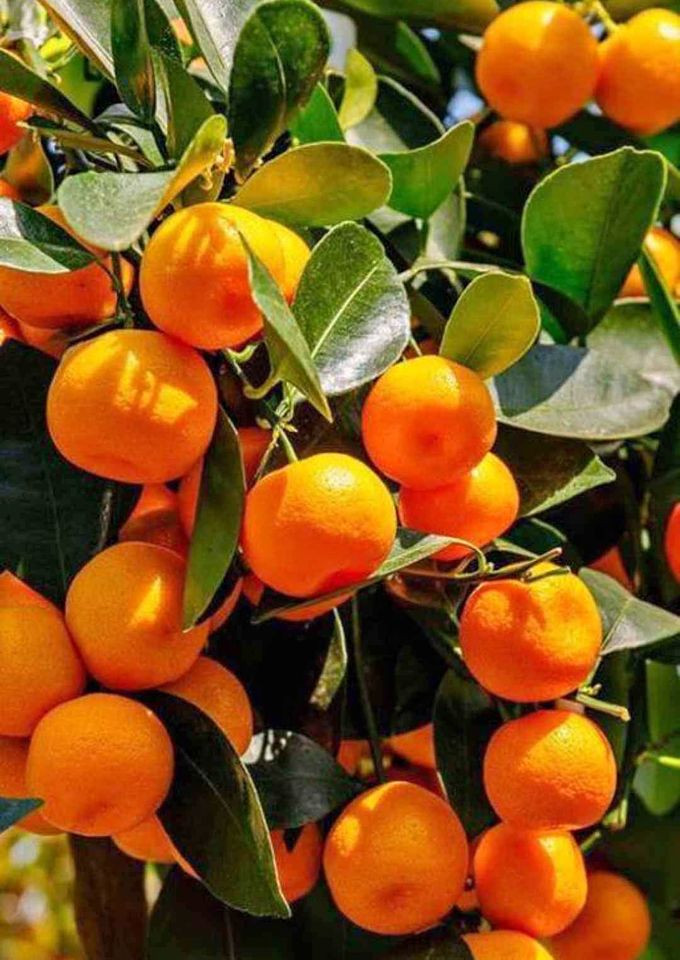
PERSIMMON NON-Astringent
Category : Fantastic Fruiting Plants
Persimmons, known for their unique flavor and versatility, are a fantastic source of vitamins and nutrients. Rich in vitamins A and C, as well as potassium and fiber, persimmons offer numerous health benefits. Unlike many fruits that require warm weather to ripen, persimmons are a fall crop, primarily ripening from September through to the beginning of the next year.
Understanding Persimmon Varieties
There are two main varieties of persimmons: astringent and non-astringent. These terms refer to the fruit's taste and texture. Astringent persimmons are often called "puckering" due to their mouth-drying effect when unripe, while non-astringent persimmons can be eaten fresh off the tree without this effect.
Non-Astringent Persimmons
Non-astringent persimmons, such as the Fuyugaki or Fuyu variety, can be eaten fresh when they are firm, similar to an apple. They have a more mellow sweetness, akin to cantaloupe or sugarcane. These persimmons are gaining popularity, especially in the American market, which prefers firm fruit.
Harvesting Persimmons
Regardless of the variety, persimmons should be carefully harvested using hand-held pruning shears to cut the fruit from the tree while leaving the calyx intact. If the fruit is intended for drying whole, the stems should be cut as close to the fruit as possible. Although persimmons are relatively hard when harvested, they bruise easily, so handling them with care is essential.
Tips for Harvesting and Storing Non-Astringent Persimmons
- Optimal Ripeness: Non-astringent persimmons are ready to harvest when they are fully colored. However, for the best flavor, allow them to soften slightly after harvesting.
- Storage: Non-astringent persimmons can be stored at room temperature for a short period. To soften them further, they can be kept with other fruits in the refrigerator, which will hasten the ripening process.
- Drying: Persimmons make excellent dried fruit. They can be peeled and dried whole or sliced (either peeled or unpeeled) and dried that way. When firm astringent persimmons are peeled and dried whole, they lose their astringency and develop a sweet, date-like consistency.
Culinary Uses of Persimmons
Persimmons are incredibly versatile in the kitchen, offering a range of culinary possibilities:
- Fresh Eating: Non-astringent persimmons can be enjoyed fresh from the tree. Simply wash the fruit, slice it, and eat it as you would an apple. Their crisp texture and sweet flavor make them a delightful snack.
- Baking: Astringent persimmons, when fully ripe and soft, can be used in baking. They add moisture and sweetness to cakes, muffins, and bread.
- Salads: Add sliced persimmons to salads for a burst of sweetness and texture. They pair well with leafy greens, nuts, and cheese.
- Dried Fruit: Both astringent and non-astringent persimmons can be dried to make a sweet and chewy snack. Dried persimmons can be added to trail mixes, oatmeal, or enjoyed on their own.
Nutritional Benefits
Persimmons are not only delicious but also packed with nutrients. They are an excellent source of vitamins A and C, which are essential for maintaining healthy skin, vision, and immune function. Additionally, persimmons are rich in potassium, which helps regulate blood pressure, and fiber, which promotes digestive health.
Growing Persimmons
For those interested in growing persimmons, understanding their specific needs is crucial for a successful harvest:
- Climate: Persimmons thrive in regions with warm summers and mild winters. They are well-suited to USDA hardiness zones 7 through 10.
- Soil: These trees prefer well-drained soil and can tolerate a range of soil types, including loamy, sandy, and clay soils.
- Sunlight: Full sun exposure is essential for optimal fruit production. Ensure your persimmon tree receives at least six to eight hours of direct sunlight daily.
- Watering: Regular watering is necessary, especially during the tree’s first year. Once established, persimmon trees are relatively drought-tolerant but will benefit from occasional deep watering during prolonged dry periods.
- Pruning: Minimal pruning is required. Light pruning in late winter or early spring helps maintain the tree’s shape and remove any dead or diseased wood.
Conclusion
Persimmons, whether astringent or non-astringent, offer a unique blend of flavors and textures that can be enjoyed fresh, dried, or cooked. Their nutritional benefits make them a healthy addition to any diet, while their versatility in the kitchen allows for a wide range of culinary creations. By understanding the specific needs of persimmon trees and following proper harvesting and storage practices, you can enjoy a bountiful harvest of this delicious and nutritious fruit each year. Whether you're a gardener or a food enthusiast, persimmons are a delightful fruit worth exploring.
Price : $110
$99
In Stock






